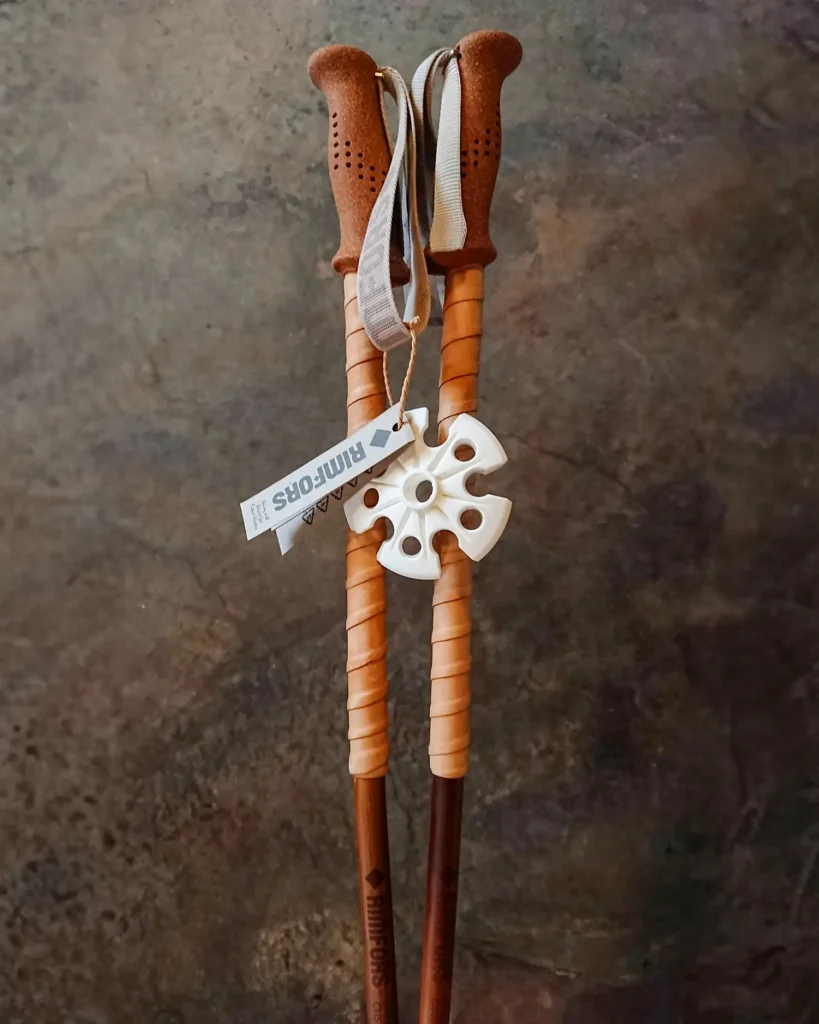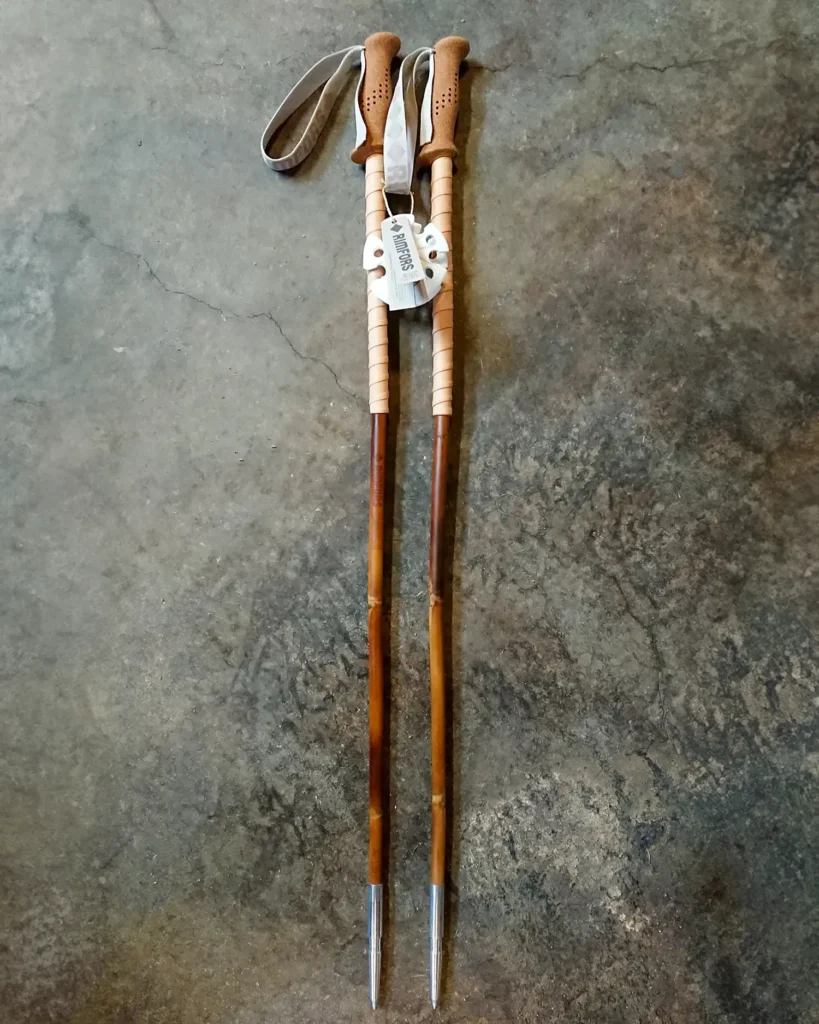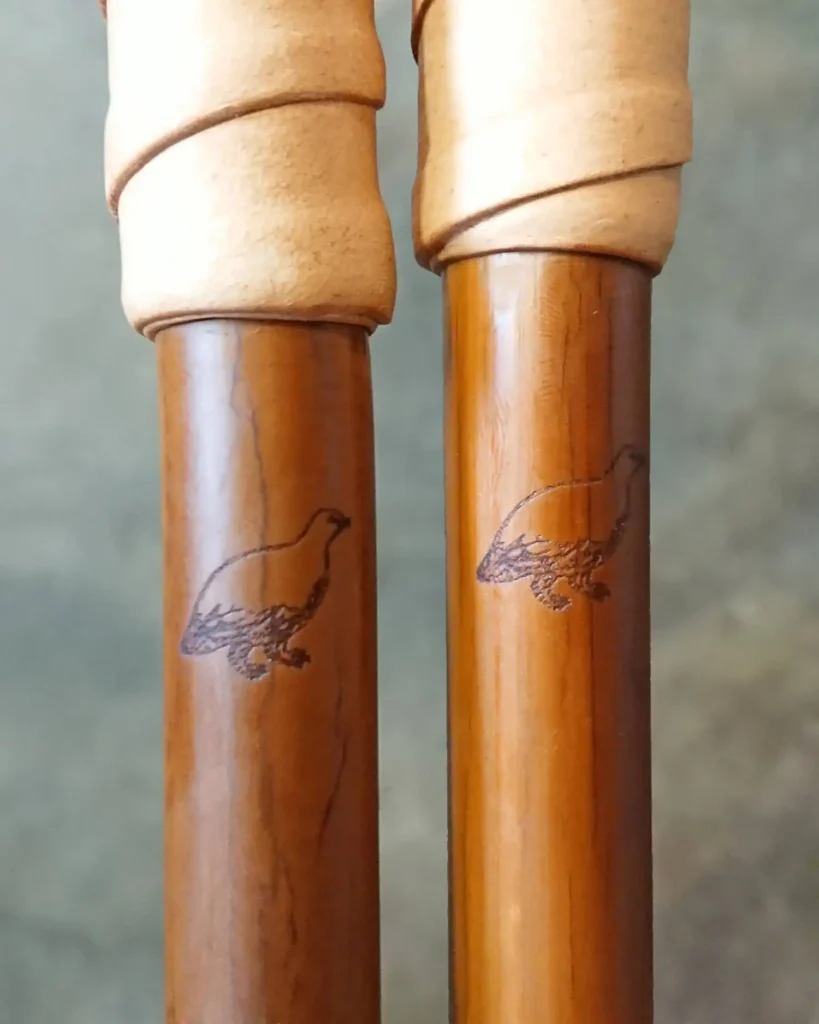Good things come to those who wait! I just received a refill of my bamboo stock. Around Christmas last year I ordered a refill of Calcutta bamboo from my supplier in India. There are no middlemen, as I order straight from the source. An order actually starts from scratch. First, I reserve the number of canes I will need, even before they are harvested. Then, after harvest in May, the artisans in India cut, sort and prepare the canes for export.
Bamboo by birth is crooked, as my supplier and friend Dipankar of DS Export International says. Therefore, the artisans working with the canes carefully check all the sticks and straighten if they need to. In order to straighten the bamboo, they first move the canes over open fire, to soften them. Then, while the bamboo is soft, they straighten the canes with the help of a trunk. See photo below! This also completely removes any germs on the outer silica surface. So, smoking is a mandatory step.
Natural caramel tone or dainty dark tan
I use natural-colored Calcutta bamboo canes, or Dendrocalamus strictus as the scientific name is. They have a light “caramel” tone. But some ski pole manufacturers use “dark tan” bamboo. To get the dark tan color, the artisans have to do “hard smoking” at very high temperatures. Hard smoking the bamboo must be done with care. If there is a high moisture or sugar content inside, there is a risk of the bamboo bursting at these high temperatures. For natural caramel color the fire temperature is very low. It’s just for straightening. The dark tan color is of course also natural. No artificial color or chemical application is used.
I split this bamboo shipment with my friend Bart of the ski brand Kustomaid. He ordered dark tan while I ordered the caramel tone. But for fun we switched one bag each with each other. So, I can now offer a limited edition of dark tanned ski poles.
Sorting, pairing and matching the perfect ski pole “couple”
It takes two to tango, also when making ski poles. Pairing canes is a crucial step in making ski poles. I don’t randomly pick two canes to make a pair of poles. To make the perfect pair of poles I strive to give both poles the same properties. If they are equal in weight, diameter, and internodal spacing, they will perform equally. And subsequently they will feel the same in both of your hands. Some canes are thicker, some are thinner. Some have a short internodal spacing and others have a long. So, pairing and matching is very important.
When I open a new gunny bag of bamboo, I always line them up along a wall. Then I start to pair them up, two by two. It takes a while. I measure the diameter and check the internodal spacing, and I try to find a friend. I aim for equal thickness of the cell walls as well. Back when I used Tonkin canes, this was awkward. It took ages, and I still wasn’t happy in the end. Now, with the Calcutta canes, the process is much quicker and easier, particularly on sunny days. Why? Well, because the Calcutta bamboo is so accurately selected and sorted by the skilled artisans in India.
/Fabian Rimfors
The bamboo artisans in action

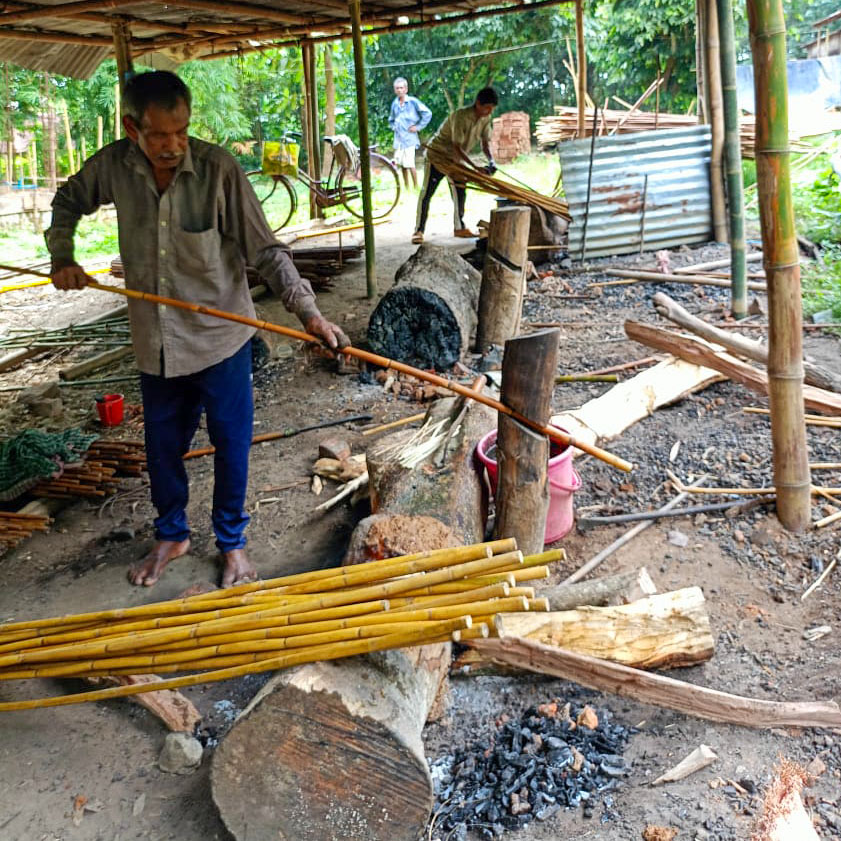
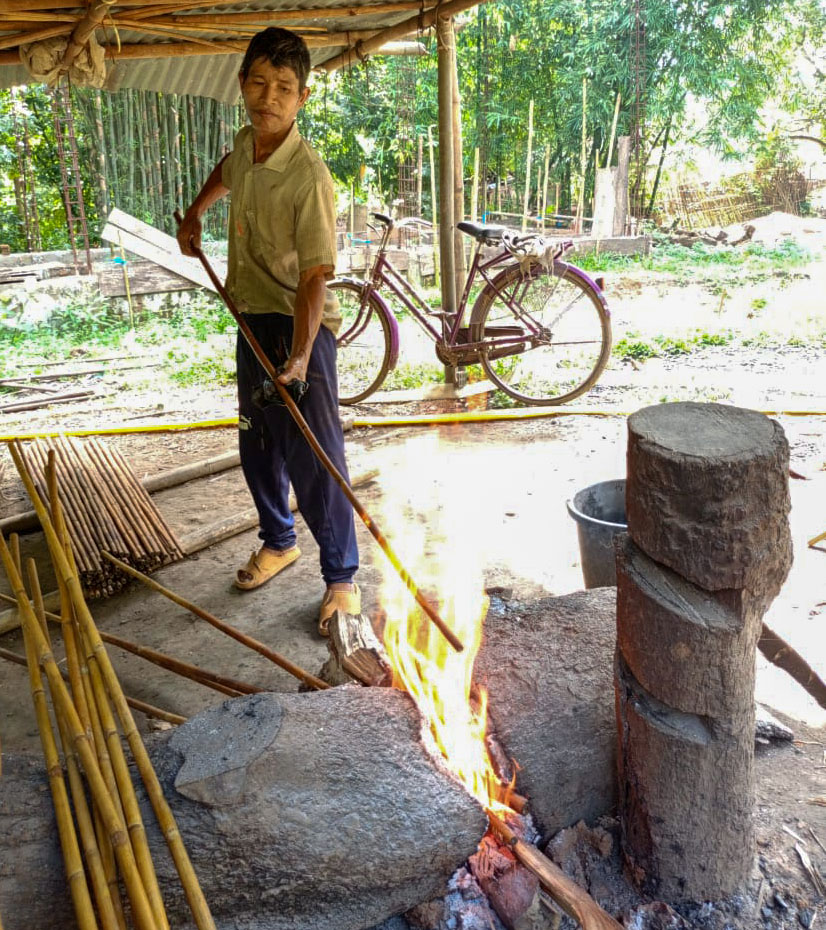
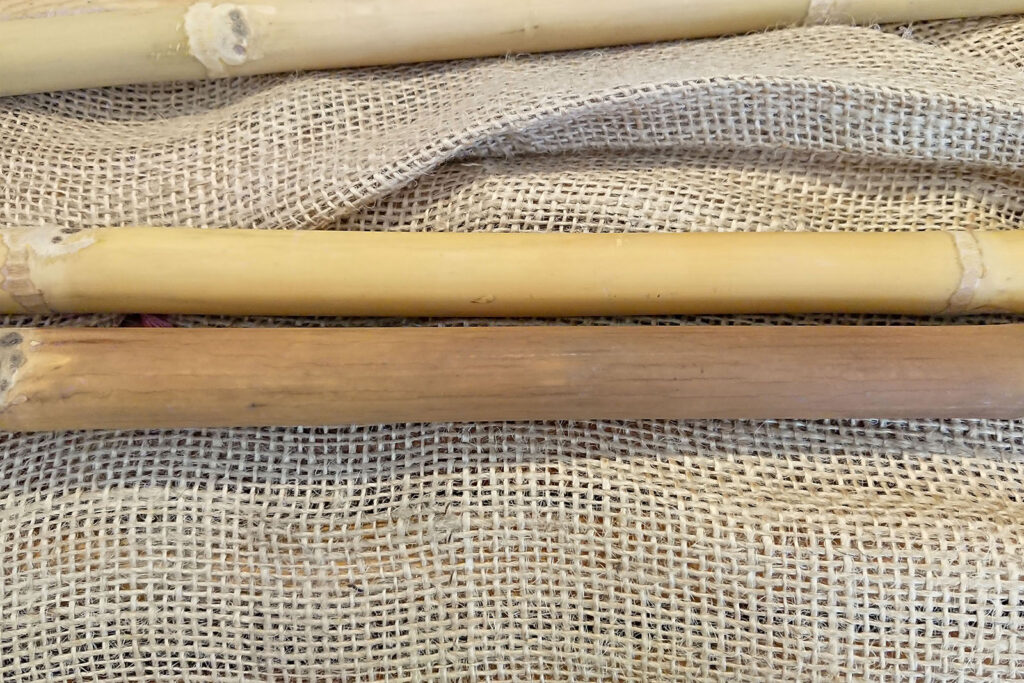


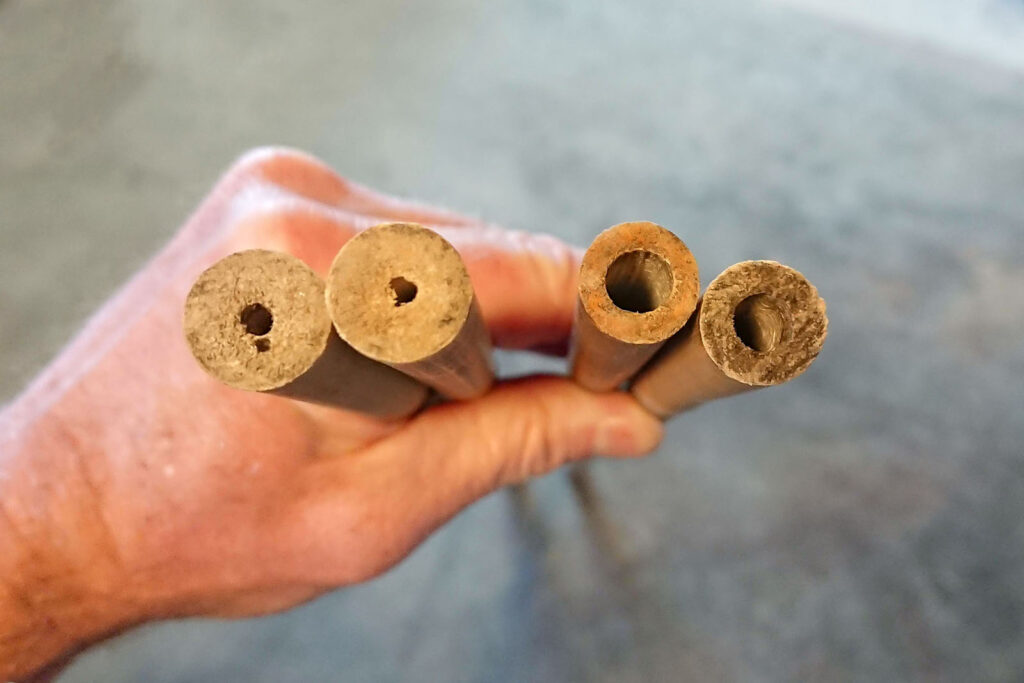
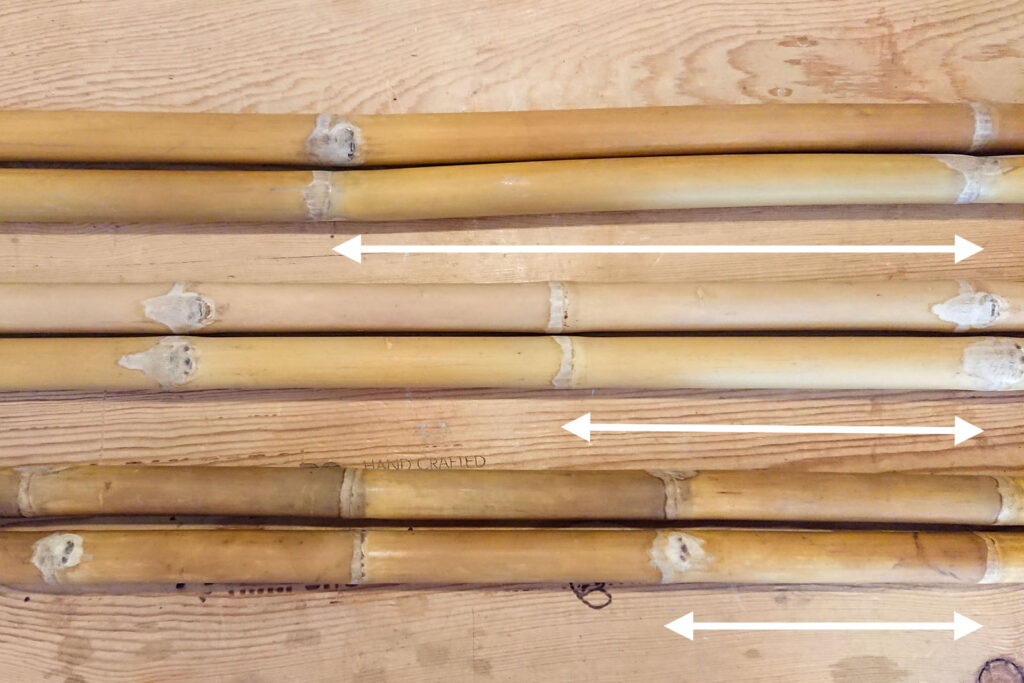
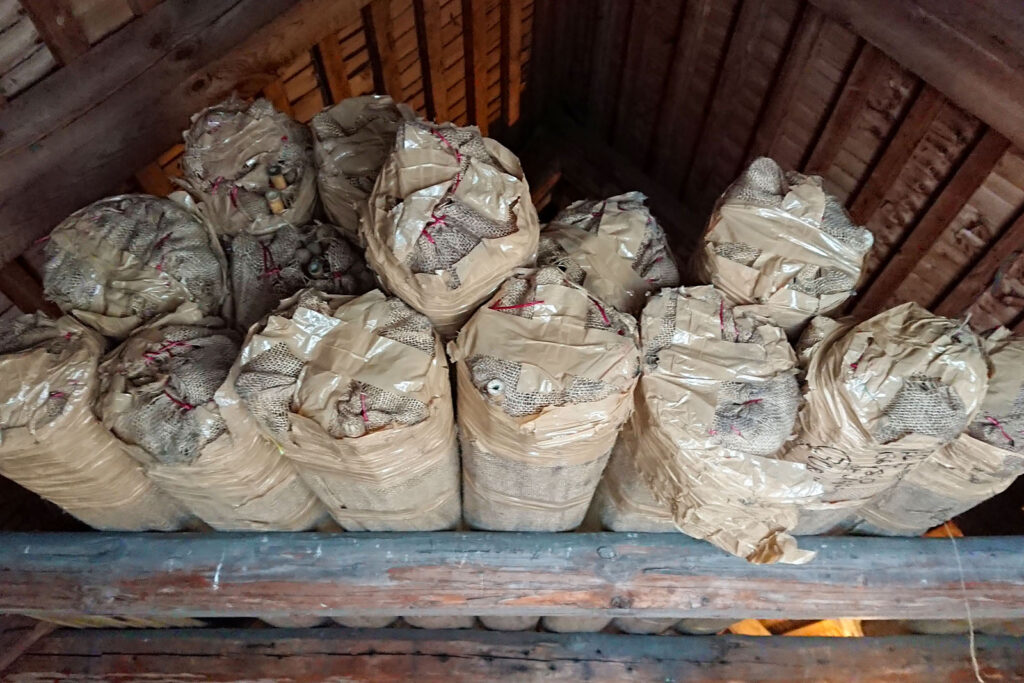
My first pair with dark tan bamboo
